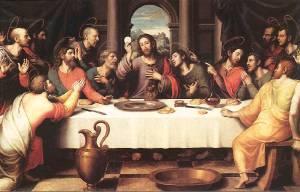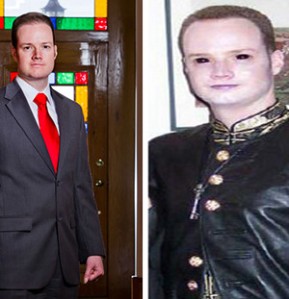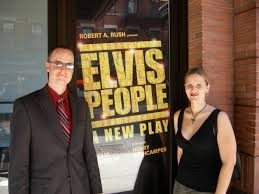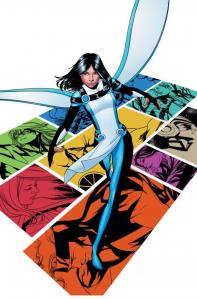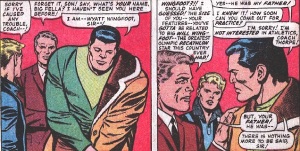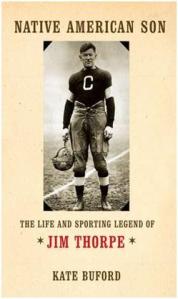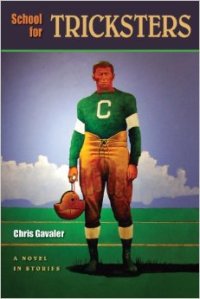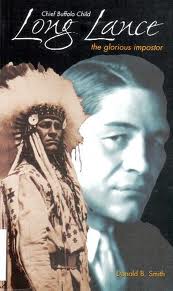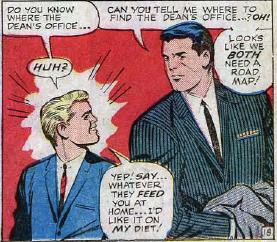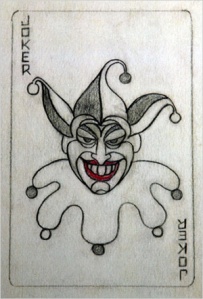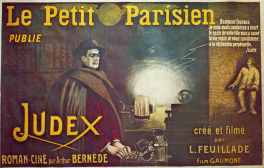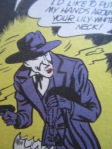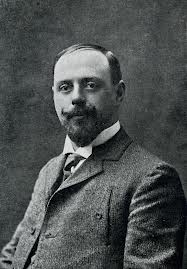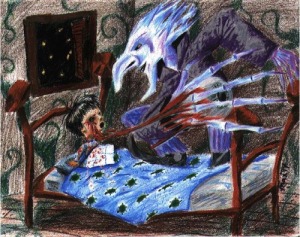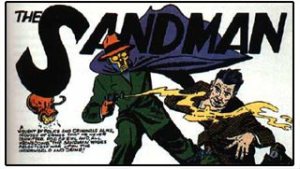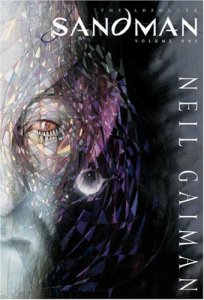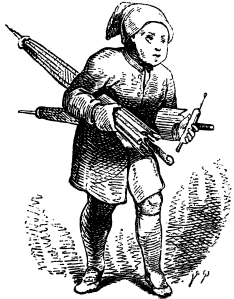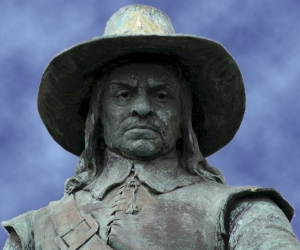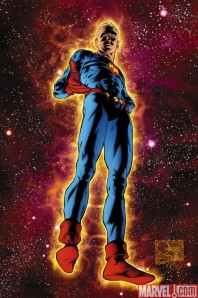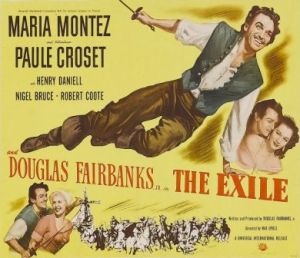Fishermen for the Good News Messiah Monthly Board Meeting, Passover, Year of Adam 4037
Attending: Andrew, Bartholomew, James, Jesus “the Anointed,” John, Judas, Luke, Mark, Mary Magdalene, Matthew, Peter “the Rock,” Philip, Simon, Thomas
Secretary/Recorder: Mary Magdalene
The Meeting was called to order by Vice-President Peter at sunset.
Corrections to last month’s Minutes: In the Signs Report, the secretary recorded that “Jesus healed all who had various diseases.” Thomas requested that “all” be replaced with “some.” Mark suggested “many.” The Board agreed on “many,” and the Minutes were approved.
Announcements:
The potluck at Lazarus’ house is postponed again due to illness.
The Secretary agreed to “man” the Board’s publicity/sign-up table in the marketplace for the duration of the Feast of the Unleavened Bread.
John presented the PR/Communications Report:
Fall-out from the temple incident continues to undermine the Board’s “Our Messiah is Better than those Other Messiahs” Campaign. Some of those polled referred to Jesus as an “ignorant peasant” and a “lunatic,” but they may have had him confused with “Jesus, son of Ananias.” The good news is that John the Baptist’s endorsement before dropping out of the race has moved some of his base in our direction (minus, of course, the “his head will grow back” extremists).
Peter made the following Motion: Merchants who sell animals at the temple for sacrifices will not be termed “thieves” by any Board member, including the Messiah; the overturning of merchants’s tables is henceforth strictly forbidden. The Motion was seconded by Simon. The Motion passed 12-0. Jesus abstained. The secretary is a non-voting member.
Luke presented the Resurrections Report:
The Neopythagorean Party’s new teacher-sage Apollonius of Tyana raised a bride from the dead last week. The event received better media coverage than both our Lazarus and daughter of Jairus resurrections combined. This is due in part because the bride came from a consular family, and the venue was Rome. Also the girl died just as she was getting married and was resurrected from her bier with a crowd present. Although relocating is not a serious option at this time, the Board discussed ways to capitalize on existing publicity opportunities.
Peter made the following Motion: The Messiah will perform all future resurrections outdoors and not in private chambers, and afterwards he will not tell the parents of resurrected individuals: “No one should know this.” Also, referring to the dead person as merely “sleeping” is discouraged. The Motion was seconded by Matthew. Motion passed 12-0. Jesus abstained. The secretary is a non-voting member.
Judas presented the Finance Report:
After mentioning again how a previous expenditure by a non-voting Board member on a jar of pure nard ointment for the Messiah significantly reduced cash flow, the Treasurer announced that just this morning he received a new donation of thirty silver pieces. Although the donor prefers to remain anonymous, there was conjecture that the money may be connected in some way to the Pharisees. Peter considered this an excellent in-road for mainstreaming the Campaign.
Jesus presented the Hospitality Report:
In contrast to the fasting habits of John the Baptist’s disciples and the Pharisees, Jesus explained that we do not fast because “the groom is still present.” Noting that recent polls had ranked John the Baptist as “demented” and Jesus as a “glutton and a drunk,” Peter suggested that the Messiah consider a middle road approach.
Jesus made the following Motion: Bread is his body, wine is his blood, and Board members should eat and drink in his memory after he is gone. The Motion was not seconded.
The Board next discussed which of its Members is greatest. No consensus was reached.
The Treasurer left the meeting to pay the host for the meal and accommodations.
Old Business:
Peter requested that the Messiah once again clarify his use of the term “Son of Adam.” Did it mean an insignificant creature, a human being next to God in the order of creation, or an apocalyptic figure bringing the end of history? Also discussed were the Messiah’s use of the terms “Son of Man,” “Son of David,” and “Son of God,” and how they further complicate the Board’s message. No consensus was reached. Peter agreed to chair a sub-committee to discuss the matter further and present a recommendation to the full Board.
The Messiah said he needed to go to the Mount of Olives and pray.
New Business:
Peter placed the question of whether the kingdom of God is “present or future” on next month’s agenda.
The Treasurer returned with an angry mob and kissed the Messiah on the cheek.
The Vice-President adjourned the meeting.

